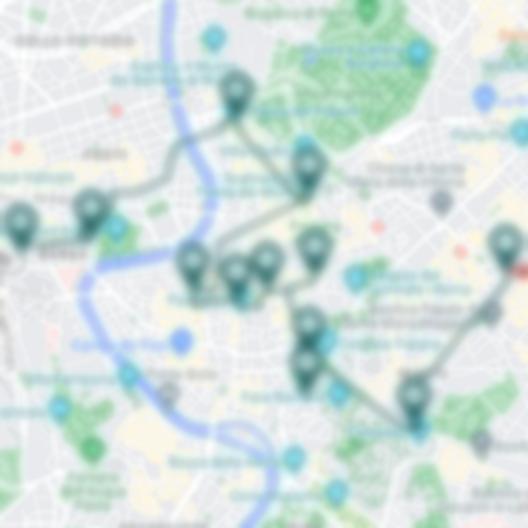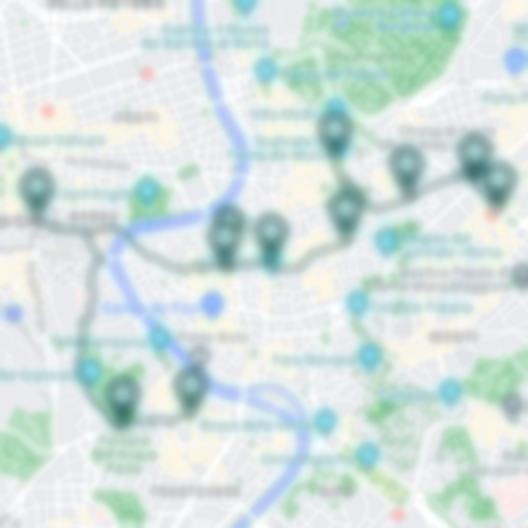Italy, with its rich history, breathtaking landscapes, and delectable cuisine, is a destination that captivates the hearts of travelers from across the globe. Whether you’re wandering through the vibrant streets of Venice, marveling at the historical wonders of Rome, or indulging in the culinary delights of Tuscany, knowing a handful of Italian phrases can significantly enhance your travel experience. Moreover, understanding the local language not only enriches your journey but also helps navigate through common travel challenges. For instance, to ensure a smooth journey, learning how to avoid common issues like pickpocketing is essential. Start by reading this helpful advice on safety: how to avoid pickpockets in Italy.
Greetings and Basic Etiquette
Mastering simple greetings in Italian is your first step toward making a good impression. Italians appreciate when travelers make an effort to speak their language, and these basic phrases will go a long way in establishing rapport with the locals. Besides, understanding when to use formal and informal terms is key to showing respect in your interactions.
– Buongiorno (bwohn-johr-noh) – Good morning
– Buonasera (bwon-ah-seh-rah) – Good evening
– Ciao (chow) – Hi/Bye (informal)
– Arrivederci (ah-ree-veh-dehr-chee) – Goodbye (formal)
– Per favore (pehr fah-voh-reh) – Please
– Grazie (grah-tsee-eh) – Thank you
– Scusa (skoo-zah) if speaking to a friend or Scusi (skoo-zee) if speaking to a stranger – Excuse me
Your journey in Italy begins the moment you land or step foot into any Italian city. The warm smiles, the friendliness of the people, and the innate charm of the country all become more accessible when you greet and thank people in their language. Moreover, Italians are very much in tune with politeness, so always remember to use “per favore” when requesting something and “grazie” when expressing gratitude.
Navigating Your Way Around
Getting around in Italy might seem daunting at first, especially if it’s your first visit. However, equipped with some basic Italian, you can navigate transportation systems and find directions more easily. Whether you’re trying to catch a train, bus, or simply asking for directions to a landmark, these phrases are your navigational aids.
– Dove si trova…? (doh-veh see troh-vah) – Where is…?
– Potrebbe aiutarmi? (poh-treh-bbeh ai-yoo-tahr-mee) – Could you help me?
– Quanto dista a piedi? (kwahn-toh dees-tah ah pyeh-dee) – How far is it by foot?
– Un biglietto per…, per favore. (oon beel-yet-toh pehr…, pehr fah-voh-reh) – One ticket to…, please.
– Questo treno/bus va a…? (kweh-stoh treh-noh/boos vah ah…) – Does this train/bus go to…?
Remember, not all signage might be in English, and not everyone you meet will speak English fluently. Demonstrating your willingness to speak the local language not only opens up more doors for assistance but also shows respect towards Italian culture and customs.
Ordering at Restaurants and Cafés
Food is a serious business in Italy, and rightly so, given its global reputation for culinary excellence. However, the dining experience in Italy can be significantly different from what you might be used to. Here are some key phrases that will help you navigate Italian menus, order your meals like a local, and perhaps even compliment the chef!
– Un tavolo per [numero di persone], per favore. (oon tah-voh-loh pehr [noo-meh-roh dee per-soh-neh], pehr fah-voh-reh) – A table for [number of people], please.
– Posso avere il menu, per favore? (pohs-soh ah-veh-reh eel meh-noo, pehr fah-voh-reh) – May I have the menu, please?
– Cosa ci consiglia? (koh-sah chee kohn-see-lyah) – What do you recommend?
– Vorrei ordinare ora, per favore. (vor-ray ohr-dee-nah-reh oh-rah, pehr fah-voh-reh) – I would like to order now, please.
– Il conto, per favore. (eel kohn-toh, pehr fah-voh-reh) – The bill, please.
Whether you’re sitting down for a meal in a quaint trattoria or grabbing an espresso at a bustling café, these phrases will ensure you enjoy your meal just the way you like it. Remember, dining in Italy is meant to be savored and enjoyed at leisure, so don’t rush. Use this time to practice your Italian with the staff or locals dining next to you.
Handling Emergencies and Unforeseen Situations
Despite best-laid plans, sometimes things don’t go as expected. In those moments, having a basic understanding of Italian can help you find solutions more quickly. Here are a few phrases that could prove invaluable in emergencies or when dealing with unexpected situations.
– Aiuto! (ah-yoo-toh) – Help!
– Mi sono perso/a. (mee soh-noh pehr-soh/ah) – I am lost.
– Ho bisogno di un medico. (oh bee-zoh-nyoh dee oon meh-dee-koh) – I need a doctor.
– Dove posso trovare un ospedale? (doh-veh pohs-soh troh-vah-reh oon oh-speh-dah-leh) – Where can I find a hospital?
– Posso usare il tuo telefono? (pohs-soh oo-zah-reh eel too-oh teh-leh-foh-noh) – Can I use your phone?
Even in challenging situations, Italians are generally very helpful to travelers. Knowing how to articulate your problem can garner quicker assistance and show that you’re making an effort to communicate in the local language.
Enriching Your Cultural Experience
Beyond the practicalities of navigating through Italy, speaking Italian allows you to dive deeper into the country’s rich cultural heritage. Engage in conversations with locals, ask about their traditions, and show genuine interest. You’ll find that many Italians are eager to share stories about their country, providing you with a more intimate glimpse into Italy’s soul.
– Mi racconti di più sulla storia di questo posto? (mee rah-kohn-tee dee pyoo sool-lah stoh-ryah dee kweh-stoh poh-stoh) – Can you tell me more about the history of this place?
– Qual è la tua città/regione preferita in Italia e perché? (kwahl eh lah too-ah chee-tah/reh-joh-neh preh-feh-ree-tah in ee-tah-lyah eh pehr-keh) – What is your favorite city/region in Italy and why?
– C’è qualche festa tradizionale che dovrei conoscere? (cheh kwahl-keh feh-stah trah-dee-tsee-oh-nah-leh keh doh-vreh-ee koh-noh-sheh-reh) – Is there any traditional festival that I should know about?
Knowing these phrases not only enhances your travel experience but also opens up a world of interactions that are typically beyond the reach of the average tourist. It allows you to see Italy through the eyes of those who call it home.
As you pack your bags and prepare for your journey through Italy, remember that speaking a bit of Italian is more than just a means to an end. It’s a key that unlocks the true essence of Italy, bringing you closer to its heart and soul. The effort you put into learning the language will enrich your travel experience, forge deeper connections, and leave you with memories that are more vibrant and personal. Buon viaggio, and may your adventure be as beautiful as the language you’re about to discover.


